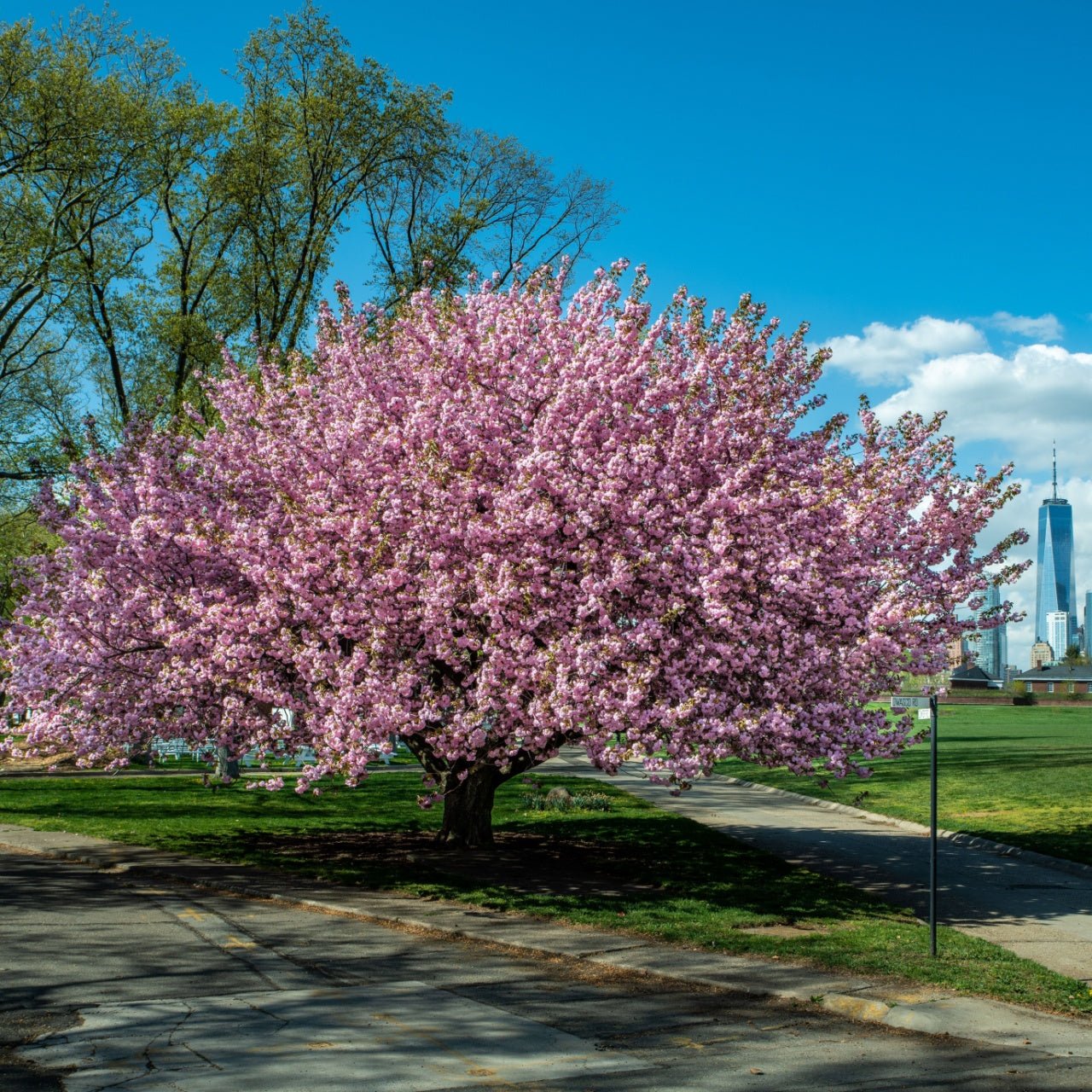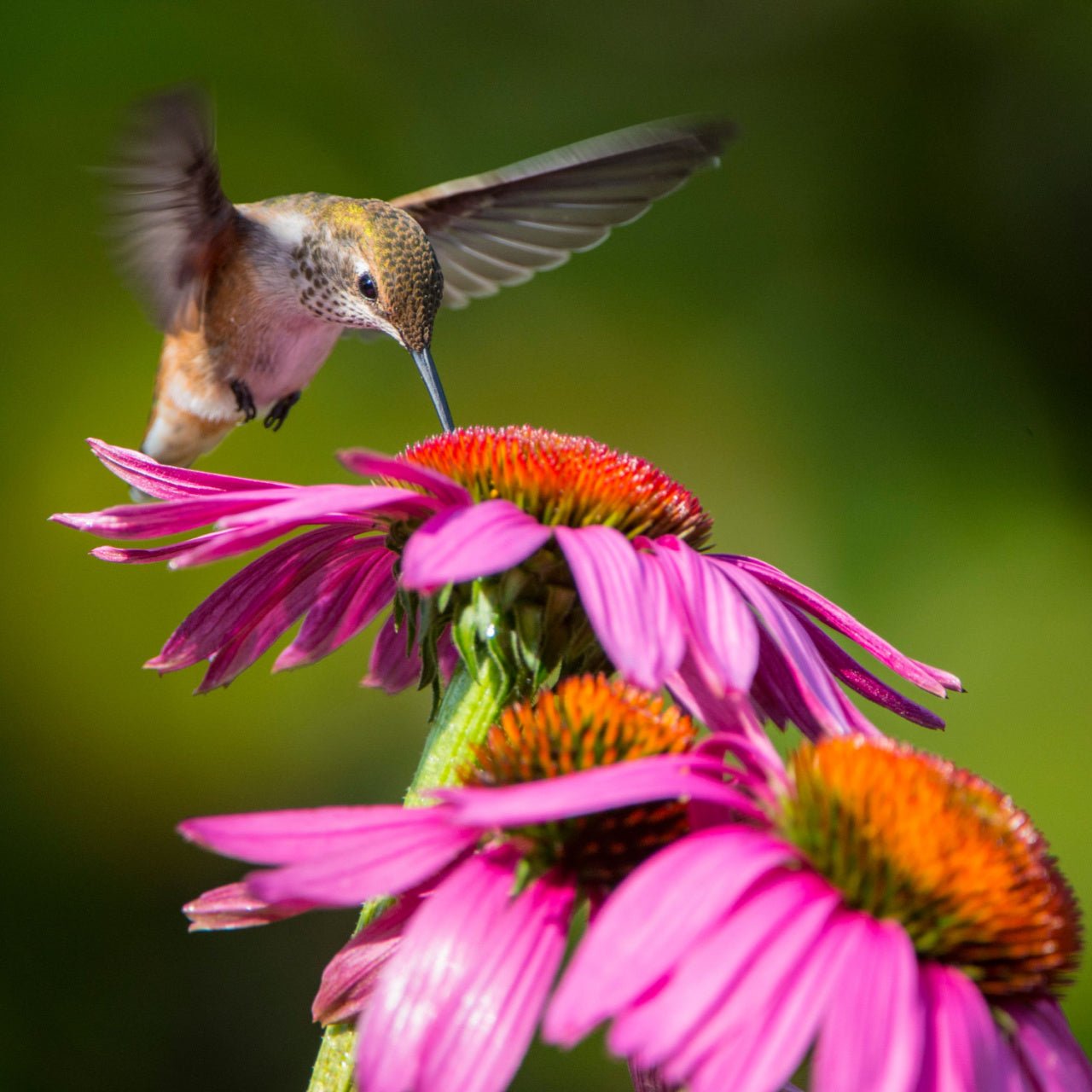
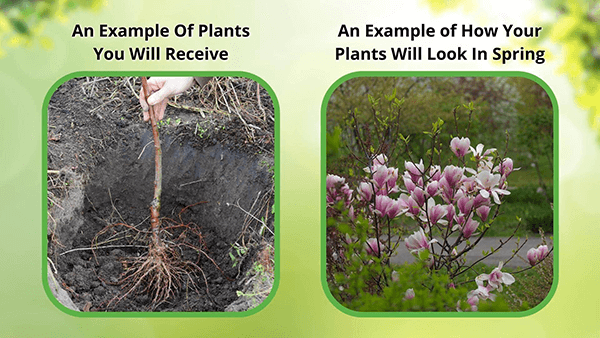
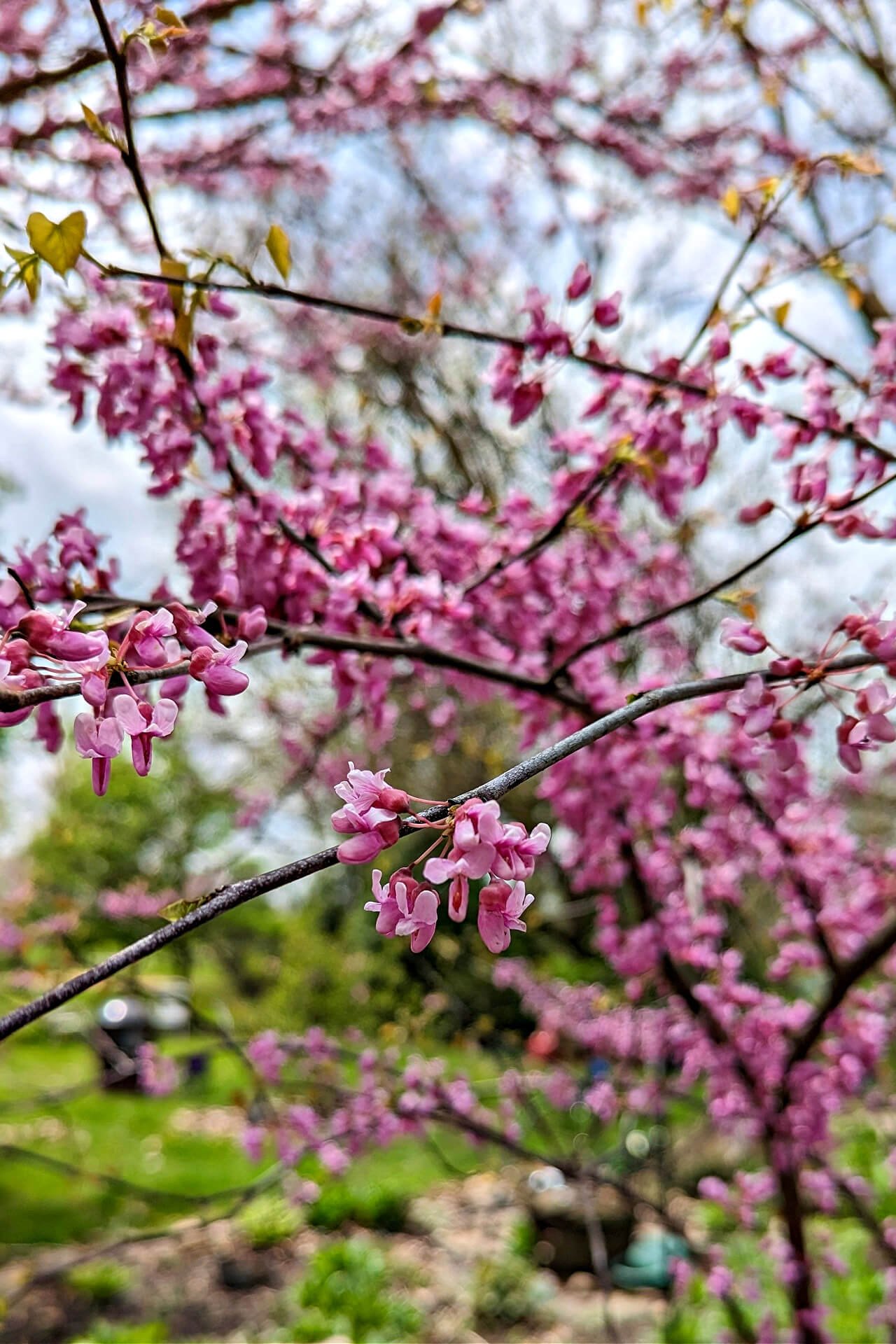

Flowering Trees Package - 6 Trees Chosen Perfectly For Your Zone
Enhance curb appeal instantly
Offer natural shade and beauty
Boost property value significantly
Thrives in
ZONE 3ZONE 4ZONE 5ZONE 6ZONE 7ZONE 8ZONE 9This plant ships:
November 20251 Year Guarantee on all plants
Flowering Trees For Sale
In our Flowering Trees Package, you will receive six perfectly selected types for your growing zone. They will range between three and four feet tall. The horticulturists at TN Nursery will choose the best for the package, which will be custom-selected exclusively for you.
PLEASE NOTE THAT THESE ARE A COLLECTION OF PLANTS, NOT SPECIFIC PLANT TYPES. WE CHOOSE TYPES THAT WORK BEST FOR YOUR ZONE ACCORDING TO YOUR ZIP CODE
Tips For Caring for Your Flowering Trees Package
1. Choose the right ones: Select a blooming species well-suited to your climate, soil type, and available space. Before choosing, consider sunlight requirements, mature size, and water needs.
2. Planting location: Find a suitable place with adequate sunlight and well-drained soil for your blooming type.
3. Proper planting technique: Dig a more comprehensive and slightly shallower hole than the root ball.
4. Watering: Provide regular and consistent watering during the establishment period. Once established, most blooming types can tolerate periods of drought, but it's still important to water during dry spells to maintain their health and vigor.
5. Mulching: Mulching helps retain soil moisture, suppresses weed growth, and regulates soil temperature. Ensure the mulch is spread evenly and kept away from the trunk to prevent moisture-related issues or rot.
6. Pruning: Prune your blooming types to remove dead, damaged, or crossing branches. Pruning can also help shape them and promote healthy growth. However, be cautious not to over-prune, as it may reduce blooming potential.
7. Fertilization: Fertilize your blooming type with a slow-release, balanced fertilizer in early spring. Follow the recommended dosage and application instructions provided by the manufacturer. Avoid excessive fertilization, as it can lead to poor growth or damage to the ones.
8. Pest and disease control: Monitor your blooming type for signs of pests or diseases. Typical issues may include aphids, caterpillars, fungal infections, or powdery mildew. If detected, take appropriate measures to control the problem, such as using organic insecticides or seeking professional advice.
9. Seasonal care: Pay attention to seasonal needs. During blooming and fruiting seasons, provide extra care, such as supplemental watering and protection from strong winds or heavy rains. Protecting young or vulnerable types from frost or freezing temperatures in colder regions.
10. Regular maintenance: Inspect your blooming plant for any signs of damage, stress, or irregular growth. Maintain good overall health through proper care and attention.
Remember, each blooming species may have specific care requirements, so it's advisable to consult local gardening resources or seek advice from arborists or horticulturists familiar with your particular species for more detailed guidance.
Flowering Trees are just magical!
We all can picture the flowering trees that have captured our attention in the spring and summer months. The fluffy, colorful blooms and eventual fruits they bear are a sight to behold, and are especially important to the community of pollinators that live among us. Flowering trees are known as angiosperms. To help deduce if a tree is an angiosperm, it helps to first identify if it is a deciduous or conifer tree. Many people understand the difference between these two main groups of trees, but do not know the names! Simply put, deciduous trees lose their leaves in winter and regrow them in the spring, while conifers keep their foliage all year long and are commonly known as “evergreens”.
Most angiosperms are deciduous, and vice versa! The two go hand in hand more often than not. Angiosperms are flowering trees which produce a mature seed encased in an ovule – in most cases, a fruit. Technically, the fruit itself is the mature seed that the trees drop. These are classified as hardwoods. Most conifers are gymnosperms, which means they are a vascular tree, and their seeds have no casing – like a pinecone. They are sometimes called “naked seeds”. These trees are softwoods. Both types of trees have wildlife value such as habitats and food for small mammals and birds.
However, flowering trees also attract pollinators like bees, butterflies, and other insects. The fruit they drop is sweet, juicy and fleshy, so it is also attractive to insects both on the tree and on the ground after it has ripened. If you want to encourage more pollinators to your garden for their benefits or for their visual appeal, a flowering tree is the way to go. These trees are most beautiful in spring when their flowers are in bloom, but provide lush greenery and shade in the summer through their foliage. You can't forget about their fruit bearing ways either. Many flowering trees produce fruit that is not only edible, but delicious. The magic of having access to fresh fruit in your own backyard is something truly special. These trees prefer full sunlight and moist, well drained soil, but there are countless varieties that require different climates and temperatures. It is easy to find a stunning, flowering tree that works for you and your garden space.
This Is How Your Plants Will Look upon Delivery

Bloom Season
Spring
Bloom/Foliage Color
Mixed
Height at Maturity
Under 25 Feet
Care
For flowering trees, ensure regular watering, especially during dry periods. Trim to keep shape and clear dead branches. Fertilize annually with a balanced mix to support growth and blooms. Monitor for pests, treating them promptly to keep the tree healthy.
Plant Reproduction
Flowering trees spread through seeds, fruits, and sometimes root suckers.
Shipping date depends on the date displayed and chosen when you order from the product's page.
We only accept returns on plants verified dead. If you think your plants have died, we offer a 1 year warranty, please use this File a Claim Link to verify dead plants and start with return warranty process.






Flowering Trees Package - 6 Trees Chosen Perfectly For Your Zone
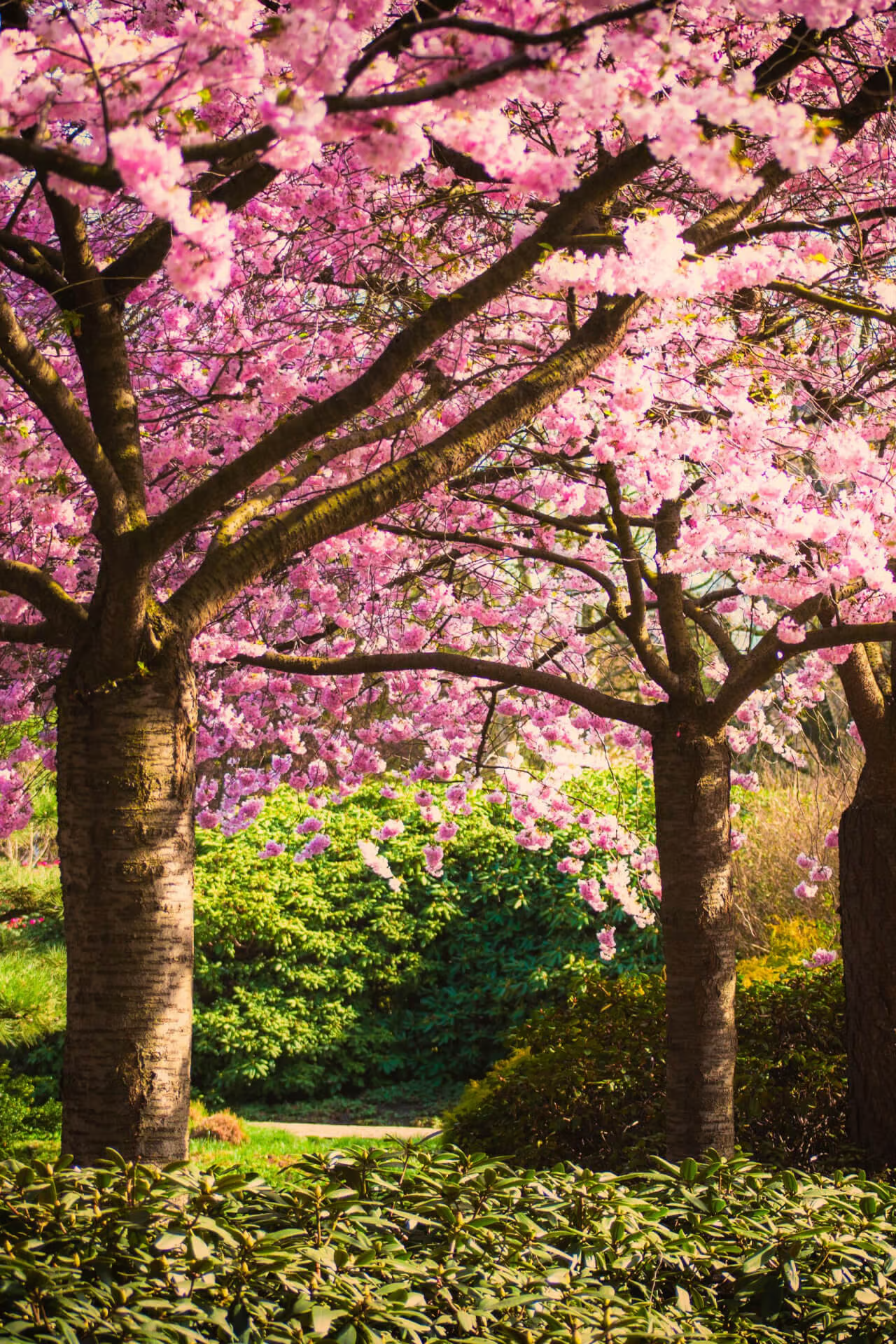
Pest and Disease Control:
Monitor for pests or diseases like aphids and fungal infections, and take appropriate control measures when detected.
Pruning:
Prune to remove dead or damaged branches, shape the tree, and promote healthy growth without over-pruning.
Watering:
Provide regular and consistent watering during establishment, and water during dry spells to maintain health and vigor.
Proper Planting Technique:
Dig a hole that is significantly wider and slightly shallower than the tree's root ball to ensure ample space for the roots to spread and establish.
Caring Tips
How do I care for my Flowering Trees Package - 6 Trees Chosen Perfectly For Your Zone?
Each box contains detailed care instructions and information about your product. But here's the basics.
Care Tips
For flowering trees, ensure regular watering, especially during dry periods. Trim to keep shape and clear dead branches. Fertilize annually with a balanced mix to support growth and blooms. Monitor for pests, treating them promptly to keep the tree healthy.
Light Requirements
Flowering trees generally thrive in full sun, meaning they need 6 hours daily. Some types can handle partial shade but may produce fewer flowers and grow slower in less light.
Hardy Planting Zones
3 • 4 • 5 • 6 • 7 • 8 • 9
Header
Use this content to share information about your store and products.
Frequently Asked Questions
How often should I water my plants?
How do I know if my plant is getting too much or too little sunlight?
What should I do to prepare my plants for winter?
What are the signs that my plant needs fertilizing?
How can I prevent pests from damaging my plants?
How do I choose the right plant for my climate zone?





